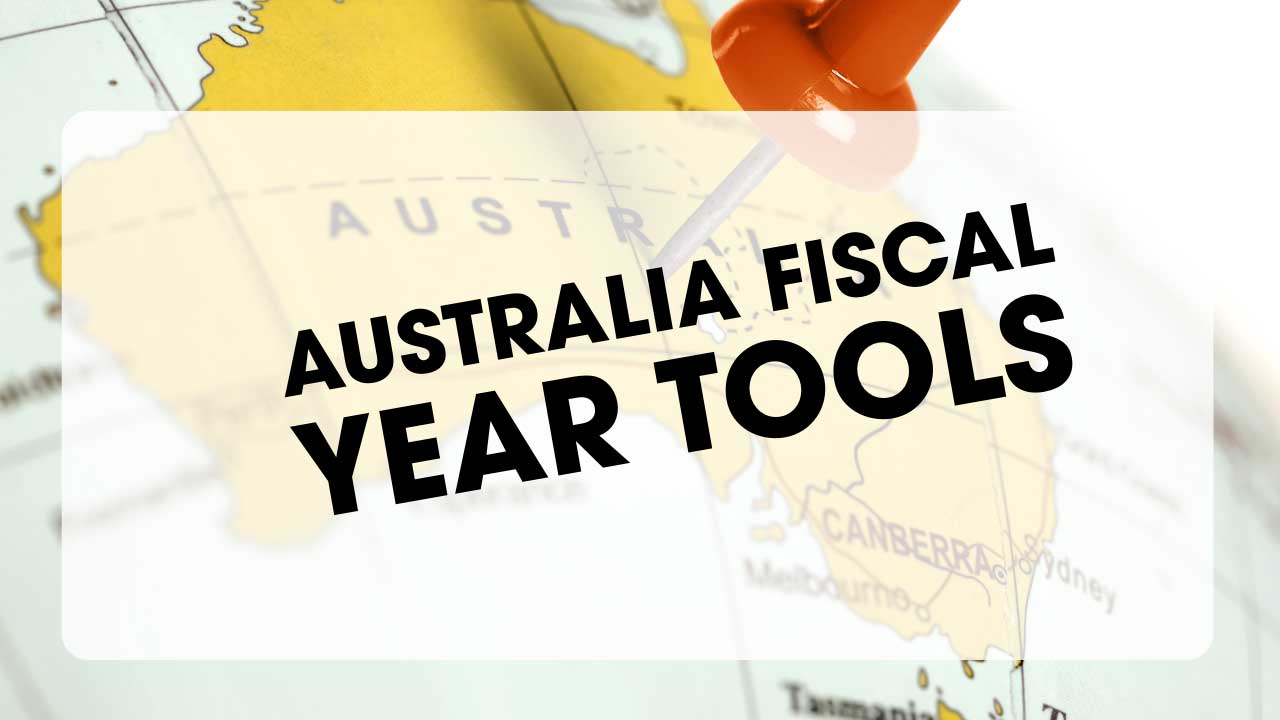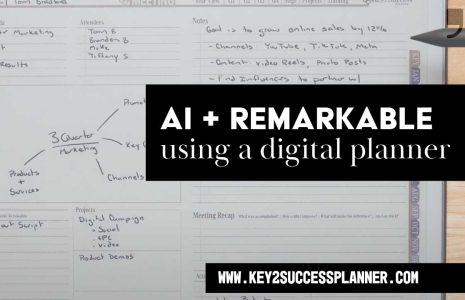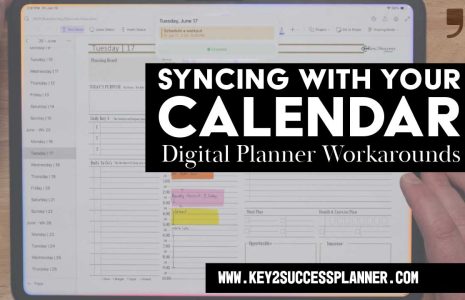Tools for Australian Fiscal Year Management
Australian Fiscal Year
The Australian fiscal year, also known as the financial year, runs from July 1 to June 30 of the following year. This period is used by individuals, businesses, and government entities for accounting, tax reporting, and financial planning.
Key Dates in the Australian Fiscal Year:
- July 1: Start of the fiscal year.
- October 31: Deadline for individuals to lodge tax returns if they are not using a registered tax agent.
- March 31: Quarter 3 Business Activity Statement (BAS) due for businesses.
- June 30: End of the fiscal year.
Using the Key2Success Digital Planner to Track Expenses
The Key2Success Digital Planner can be a powerful tool for tracking expenses and managing finances throughout the Australian fiscal year. Here’s how:
1. Customizable Financial Templates
- Expense Tracker: The planner includes an expense tracker template that allows users to log daily, weekly, and monthly expenses systematically.
- Budget Planner: A dedicated budget planner helps users set financial goals, allocate funds to different categories, and monitor spending against their budget.
2. Monthly and Quarterly Reviews
- Monthly Overview: Use the monthly review pages to summarize income, expenses, and savings. This helps in maintaining a clear picture of your financial health.
- Quarterly Reports: The planner’s quarterly review sections can be used to prepare and review Business Activity Statements (BAS) and other financial reports, ensuring compliance with tax obligations.
3. Integration with Financial Goals
- Goal Setting: Align your financial tracking with specific goals, such as saving for a major purchase or reducing debt. The planner allows you to set and monitor these goals, providing motivation and direction.
- Progress Tracking: Regularly update your progress towards financial goals and adjust your budget and spending habits accordingly.
4. Detailed Categorization
- Expense Categories: The planner allows you to categorize expenses (e.g., utilities, groceries, entertainment) for detailed tracking and analysis.
- Customizable Categories: Tailor the categories to fit your specific needs and preferences, ensuring all expenses are accounted for accurately.
5. Reminders and Alerts
- Bill Payment Reminders: Set reminders for upcoming bill payments to avoid late fees and ensure timely payments.
- Tax Deadlines: Use the reminder feature to stay on top of important tax deadlines, such as BAS submissions and tax return lodgment dates.
6. Syncing and Accessibility
- Cloud Syncing: With cloud syncing capabilities, your financial data is accessible across all your devices. This ensures you can update and review your expenses and budget anytime, anywhere.
- Multi-Platform Use: Whether you prefer using OneNote or PDF platforms, the Key2Success Planner is compatible, making it versatile for different users.
8. Expense Tracking for Businesses
- Business Expenses: For business owners, the planner includes sections for tracking business expenses, managing project budgets, and monitoring cash flow.
- Meeting and Project Pages: Use the meeting and project pages to note down financial discussions and project-related expenses, keeping everything organized in one place.
The Key2Success Digital Planner is an invaluable tool for managing finances throughout the Australian fiscal year. Its customizable templates, goal-setting features, reminders, and analytical tools help users maintain a clear and organized overview of their financial situation. By tracking expenses regularly and reviewing financial data, individuals and businesses can ensure they stay on top of their finances, meet their goals, and comply with tax obligations effectively.








